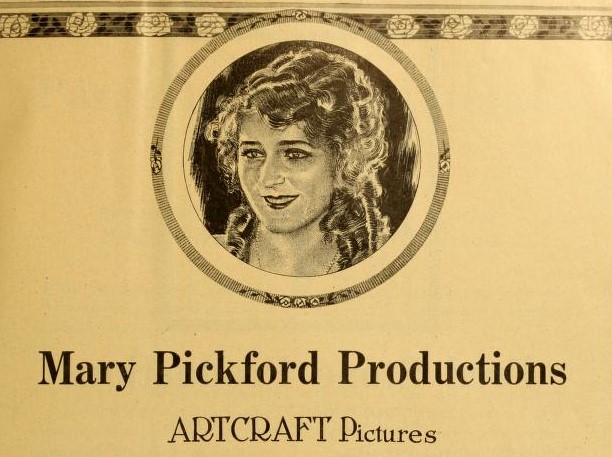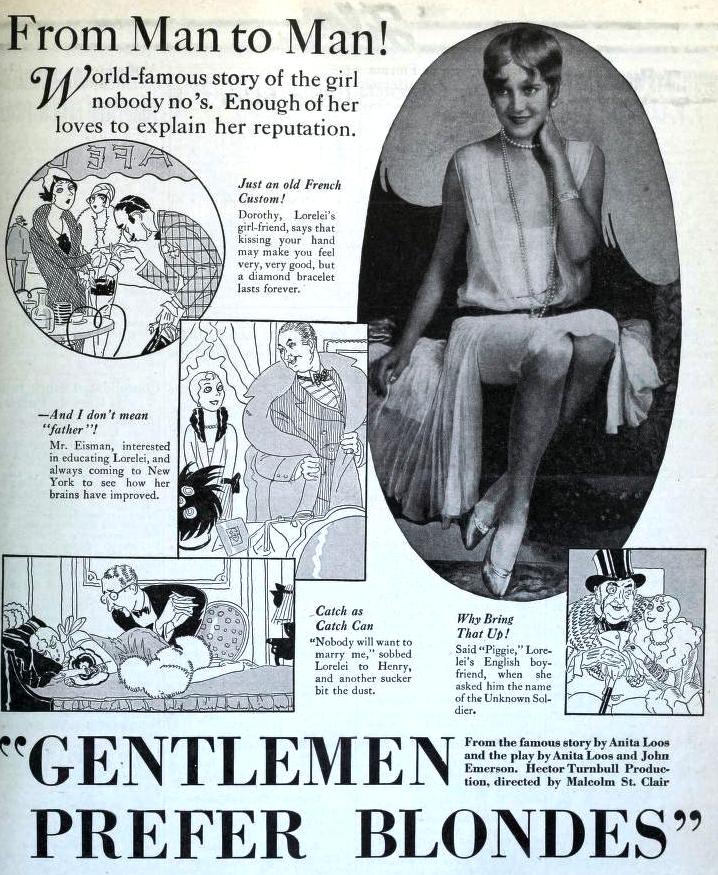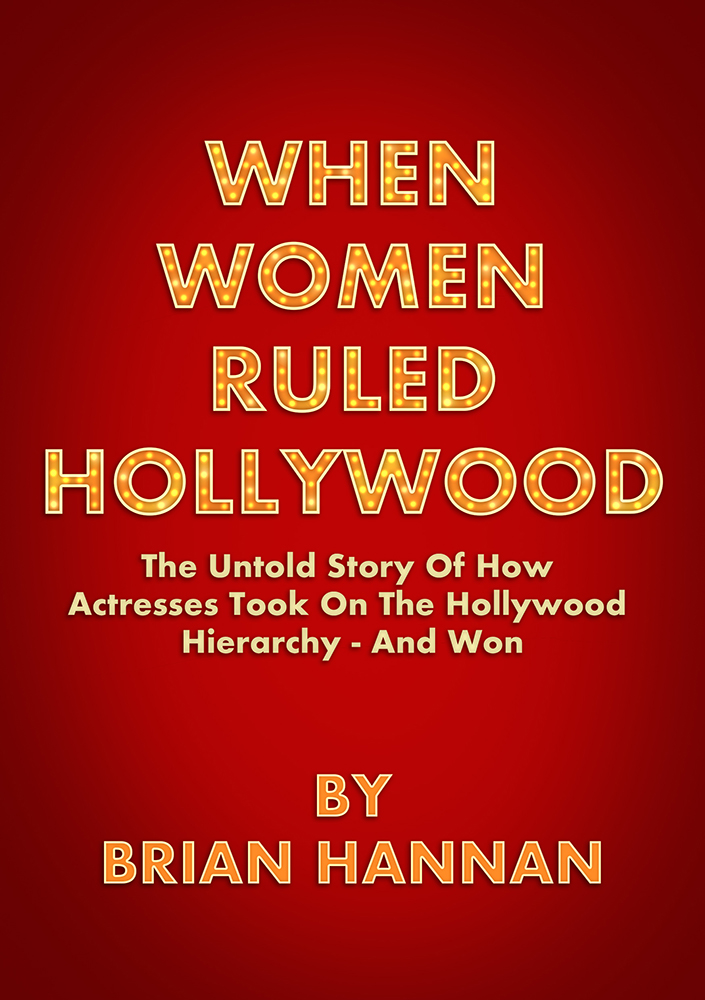Odd though it may seem, American female movie stars ruled the roost in terms of salary over their male counterparts for most of the first 40 years of the movie business. It was a woman—Florence Lawrence—who in 1910 became the first movie star. Mary Pickford was the highest-earning star in the world for several years, in 1918 pulling down a colossal $1.8 million (equivalent to $47 million now). Gloria Swanson was the top earning star of either gender in the 1920s while over the next two decades it was, variously, Greta Garbo, Mae West, Claudette Colbert, Irene Dunne, Ginger Rogers, Joan Crawford and Deanna Durbin.

It was a different story on the other side of the camera, although silent stars like Pickford, Anita Stewart, Clara Kimball Young and the Talmadge sisters formed production companies. Female screenwriters briefly out-earned the men, Frances Marion and June Mathis leading the way, the former writing most of Pickford’s pictures, the latter responsible for The Four Horsemen of the Apocalypse (1921), Erich von Stroheim’s Greed (1924) and Ben-Hur: A Tale of the Christ (1925). Anita Loos, Marguerite Roberts, Sonya Levien, Lillian Hellman, Mary C. McCall, Carol Brandt and Leonore Coffee won decent assignments during the 1940s before the decline really set in. There were more female directors before 1920 than at any time since, Dorothy Arzner and Lois Weber the most prominent, the former surviving till the 1930s.


The cull of women on the technical side would have been complete except for the rise of the female film editor, Anne McKnight the first to hold such a post, at Vitagraph in 1913. Cecil B. DeMille swore by Anne Bauchers who cut all his pictures from 1918 including both versions of The Ten Commandments and won an Oscar for North West Mounted Police (1940) with three nominations besides. Viola Lawrence was appointed Columbia’s supervising editor in 1925. At MGM, Blanche Sewell and Margaret Booth were big fish, among Sewell’s credits The Wizard of Oz (1939) while Booth’s half-century career from 1923 included Mutiny on the Bounty (1935) and Greta Garbo’s Camille (1936).
While the ranks of female screenwriters and directors were decimated, editors continued to be held in high esteem. Verna Fields cut Peter Bogdanovich’s What’s Up Doc? (1972) and Paper Moon (1973), George Lucas’ American Graffiti (1973) and picked up the Oscar for Jaws (1975) which brought promotion to Feature Production Vice-President at Universal. Marcia Lucas edited Alice Doesn’t Live Here Anymore (1974) and the first Star Wars trilogy. Anne V. Coates won the Oscar for Lawrence of Arabia (1962) and her other 54 editing credits included four more nominations and an Honorary statuette. Martin Scorsese has worked virtually exclusively with Thelma Schoonmaker, three Oscars and five nominations in nearly a half-century and working now on the director’s forthcoming Killers of the Flower Moon.
The work of Fields and Schoonmaker is being celebrated at this year’s Widescreen Weekend through, respectively, American Graffiti and Hugo (2011) along with more recent editors Margaret Sixel (Mad Max: Fury Road, 2015) and Quentin Tarantino’s long-standing collaborator Sally Menke (Kill Bill: Vol. 1, 2003).
When Women Ruled Hollywood by Brian Hannan is available at bookshops, online and on Kindle, priced £10.

Widescreen Weekend 2020 takes place on 9–11 October 2020 at the National Science and Media Museum. The festival includes Women in Widescreen: Mother Cutter, a celebration of the work of pioneering female film editors. Explore the full programme and buy tickets.